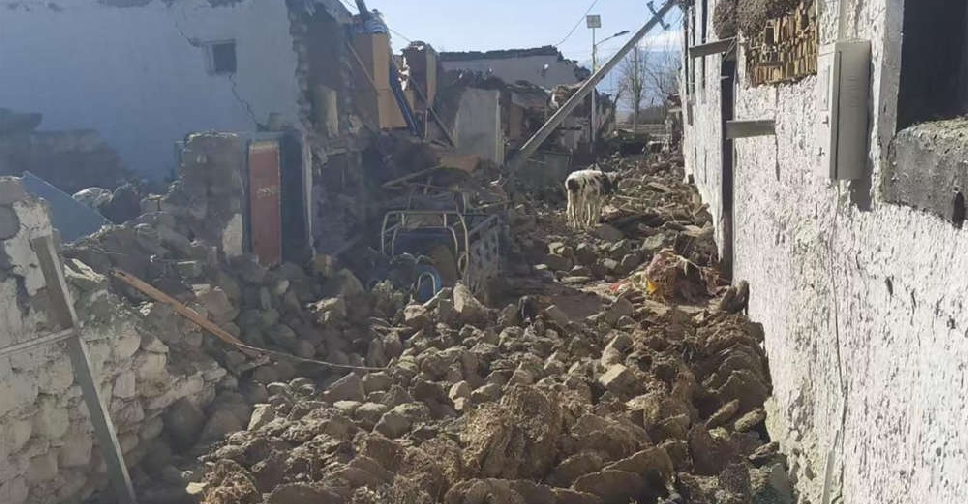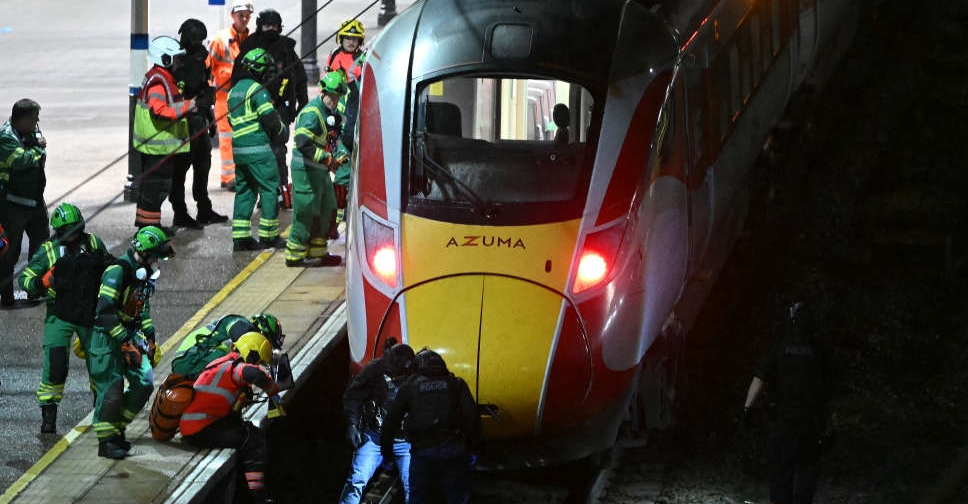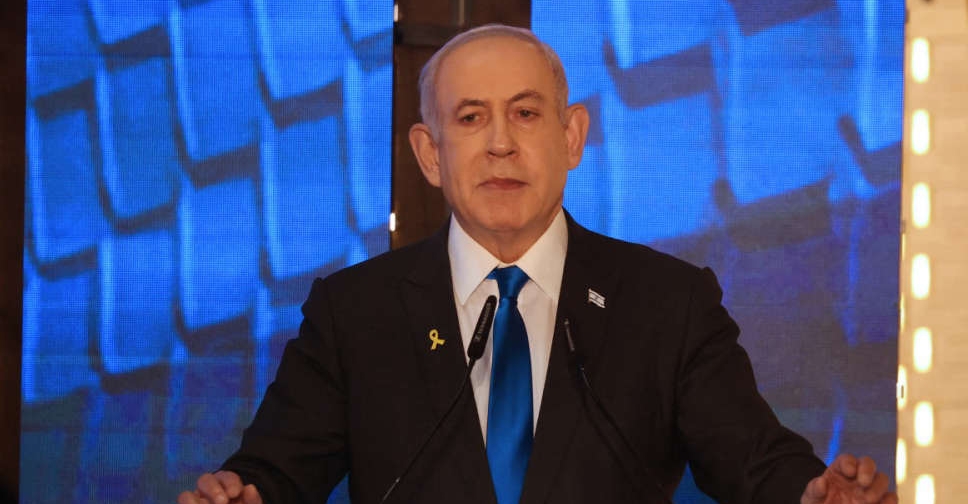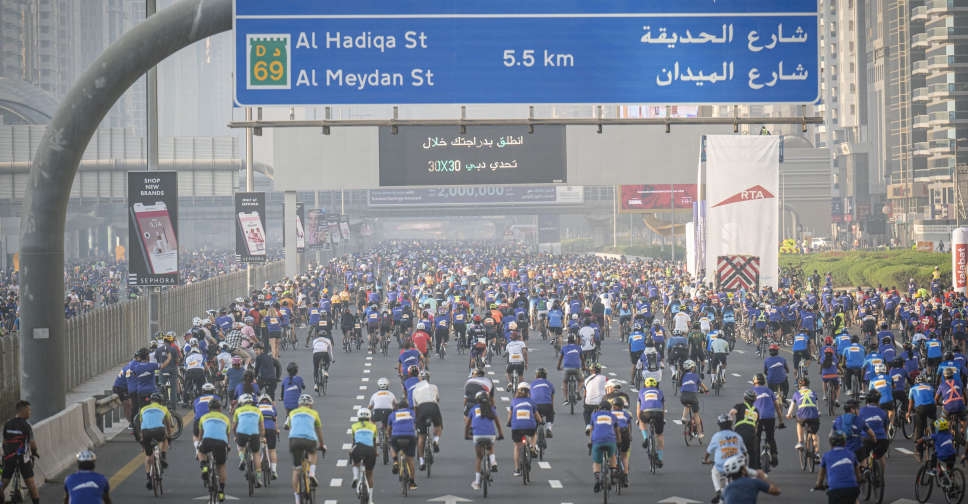
At least 126 people have been killed by Tuesday's 6.8 earthquake in Tibet, while more than 400 people trapped in the foothills of the Himalayas have been rescued, and over 30,000 residents relocated, as the search for survivors continues.
The epicentre of Tuesday's magnitude 6.8 quake, one of the region's most powerful tremors in recent years, was located in Tingri in China's Tibet region, about 80 km north of Mount Everest, the world's highest mountain. It also shook buildings in neighbouring Nepal, Bhutan and India.
Twenty-four hours after the quake struck, survivors trapped under rubble will have endured a night in sub-zero temperatures and be at risk of succumbing to hypothermia and dehydration.
An initial survey showed 3,609 homes had been destroyed in the Shigatse region of Tibet, which is home to 800,000 people, Chinese state media reported late on Tuesday, citing local officials. More than 500 people and 106 ambulances had been dispatched to help the injured.
At least 126 people were known to have been killed and 188 injured on the Tibetan side, China's state broadcaster CCTV reported. No deaths have been reported in Nepal or elsewhere.
Temperatures in the high-altitude region dropped to as low as minus 18 degrees Celsius overnight, adding to the misery of those left homeless.
Tents, food rations, electrical generators and other supplies had reached the site by late on Tuesday, and all sections of road damaged had been reopened, CCTV added.
Southwestern parts of China, Nepal and northern India are often hit by earthquakes caused by the collision of the Indian and Eurasian tectonic plates, which are pushing up an ancient sea that is now the Qinghai-Tibetan plateau.
The entire plateau is seismically active, as well as its eastern and northern rims, which overlap with the Chinese provinces and regions of Sichuan, Gansu and Qinghai.
Beijing, which administers Tibet as an autonomous region within China, rejects criticism from rights groups and exiles who accuse it of trampling on the religious and cultural rights of the Tibetan people.
More than 500 aftershocks with magnitudes of up to 4.4 had followed the quake on Wednesday, the China Earthquake Networks Centre said.
Over the past five years, there have been 29 earthquakes with magnitudes of 3 or above within 200 km of the epicentre of Tuesday's quake, according to the Sichuan province's earthquake bureau.
In 2008 an 8.0 magnitude earthquake hit Sichuan's Chengdu, claiming the lives of at least 70,000 people, the deadliest quake to hit China since the 1976 Tangshan quake that killed at least 242,000 people.
Tuesday's quake was the worst since a 6.2 magnitude earthquake in 2023 that killed at least 149 people in a remote northwestern region of the country.



 Israeli strike kills one in Gaza as sides trade blame for truce violations
Israeli strike kills one in Gaza as sides trade blame for truce violations
 UK police say mass stabbing on train not terrorist incident, two arrested
UK police say mass stabbing on train not terrorist incident, two arrested
 Israel urges Lebanon to disarm Hezbollah under ceasefire terms
Israel urges Lebanon to disarm Hezbollah under ceasefire terms
 Russian attacks on Ukraine kill two
Russian attacks on Ukraine kill two



